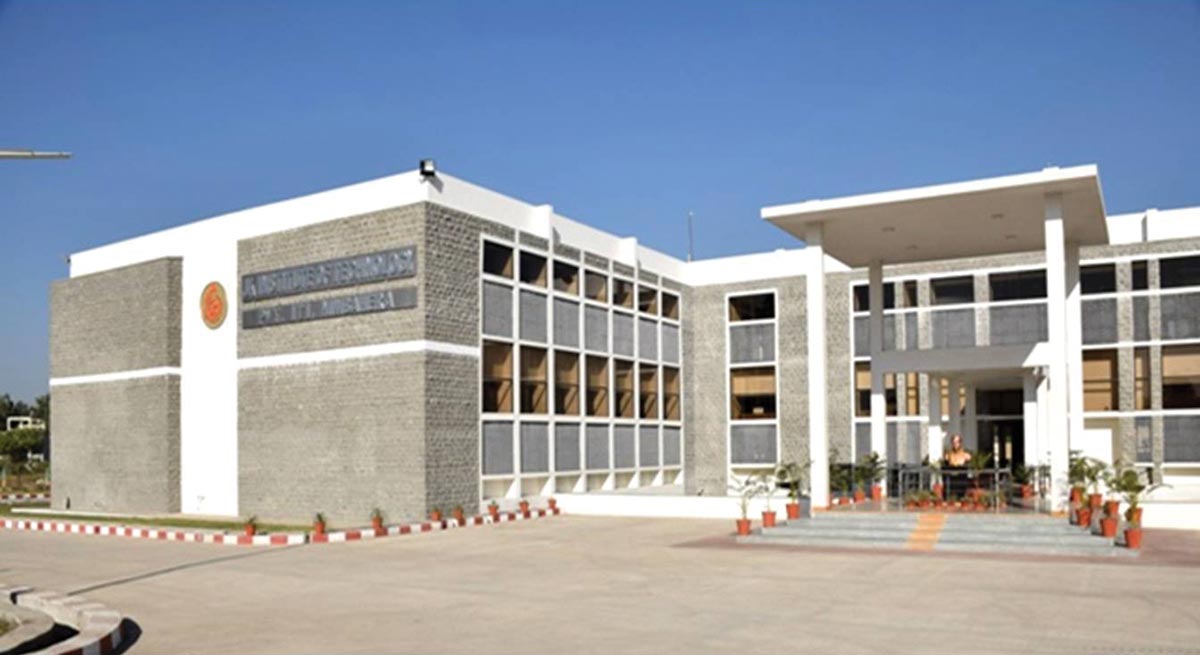
State Governments across the country are providing incentives to buildings that adopt the Green norms. Compliance with the Energy Conservation Building Code is mandatory for projects that have a built-up area exceeding 20,000 sqm (in a few states). Hence, we are likely to see more and more buildings adopting sustainability norms. This augurs well as going Green is the only way we are likely to leave some resources for the future generations!
The Green Building Movement in India began with the CII-Sohrabjee Godrej Green Business Centre, a building I had the privilege of having worked on. The building was the first LEED Platinum Rated Green Building outside the United States in 2003, and remains one of the ‘Greenest’ even today.
Incentives will help make Green buildings even more economically viable, and education will help develop a Green ethos and a Green architectural idiom
The CII-Sohrabjee Godrej Green Business Centre incorporates Green features in its DNA. The building has been designed in a curvilinear shape to reduce its exposed area (and heat gain) and incorporates features adopted from vernacular architecture such as jalli walls and wind towers to reduce demand for energy, and then incorporates energy-efficient equipment to optimize the energy demand. The project also demonstrates how non- conventional technology such as Phytoremediation and root zone treatment (for treating sewage), and pre-cooling outside air with wind towers can be used in regular office buildings.
The Green Building journey in India from 2003 till date has grown in leaps and bounds. The growth has come with its own set of challenges such as Green Wash. Unfortunately, there are a few buildings that meet the Green Building norms as defined by various Green Rating Systems but are not intrinsically Green. A typical example would be, say a high-rise building with almost 75 - 80% glazing, such a building would meet the Minimum Energy Performance criteria by installing high performance double/triple glazing and high performance air conditioning systems. But such buildings consume a huge amount of resources and diminish the value of Green.
There are about three to four rating systems and there is a lack of clarity on which are most suitable and relevant for Indian conditions. Different State governments provide incentives for different systems. There is a certain lack of consistency in the stringency of the rating systems, which leads to dilution of important Green parameters.
 LEED Gold rated J.K. Institute of Technology, Chittaurgarh, Rajasthan
LEED Gold rated J.K. Institute of Technology, Chittaurgarh, RajasthanThere is a need for Capacity Building for evaluators: the Indian Green Building Council conducts regular training workshops as does TERI, however, the number of workshops conducted and the number of people being trained are far lesser in number than what is required. A large scale training is required specially for the Municipal Town Planning staff in at least the 100 largest cities across the country to actually take the Green Building Movement forward.
Construction of Green Buildings is the key to the future both from an economic and an environmental point of view. The growth of Green Buildings needs to be channelized with a mix of incentives and education. The incentives will help make Green Buildings economically even more viable and education will help with the development of a Green ethos and a green architectural idiom.















